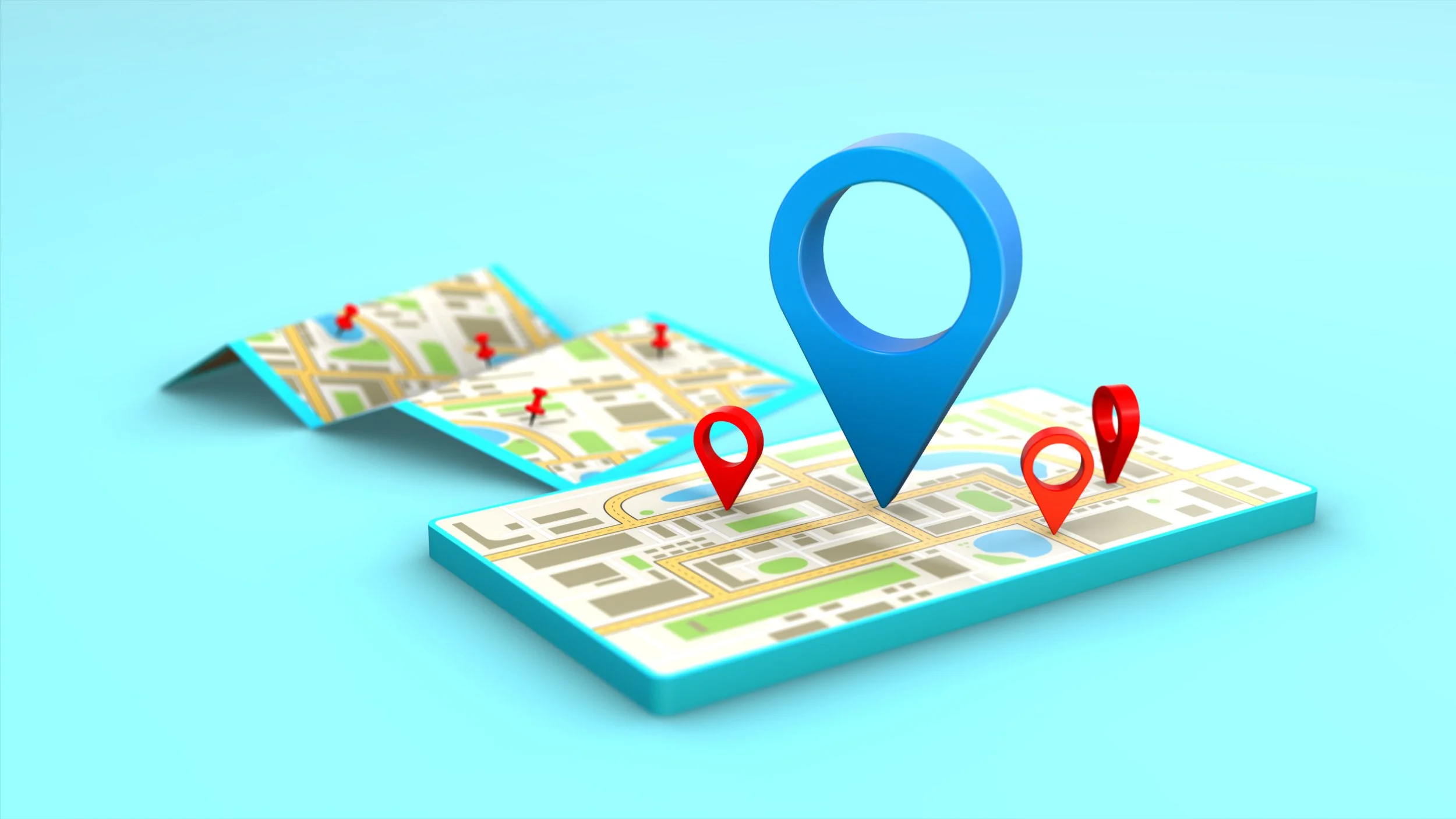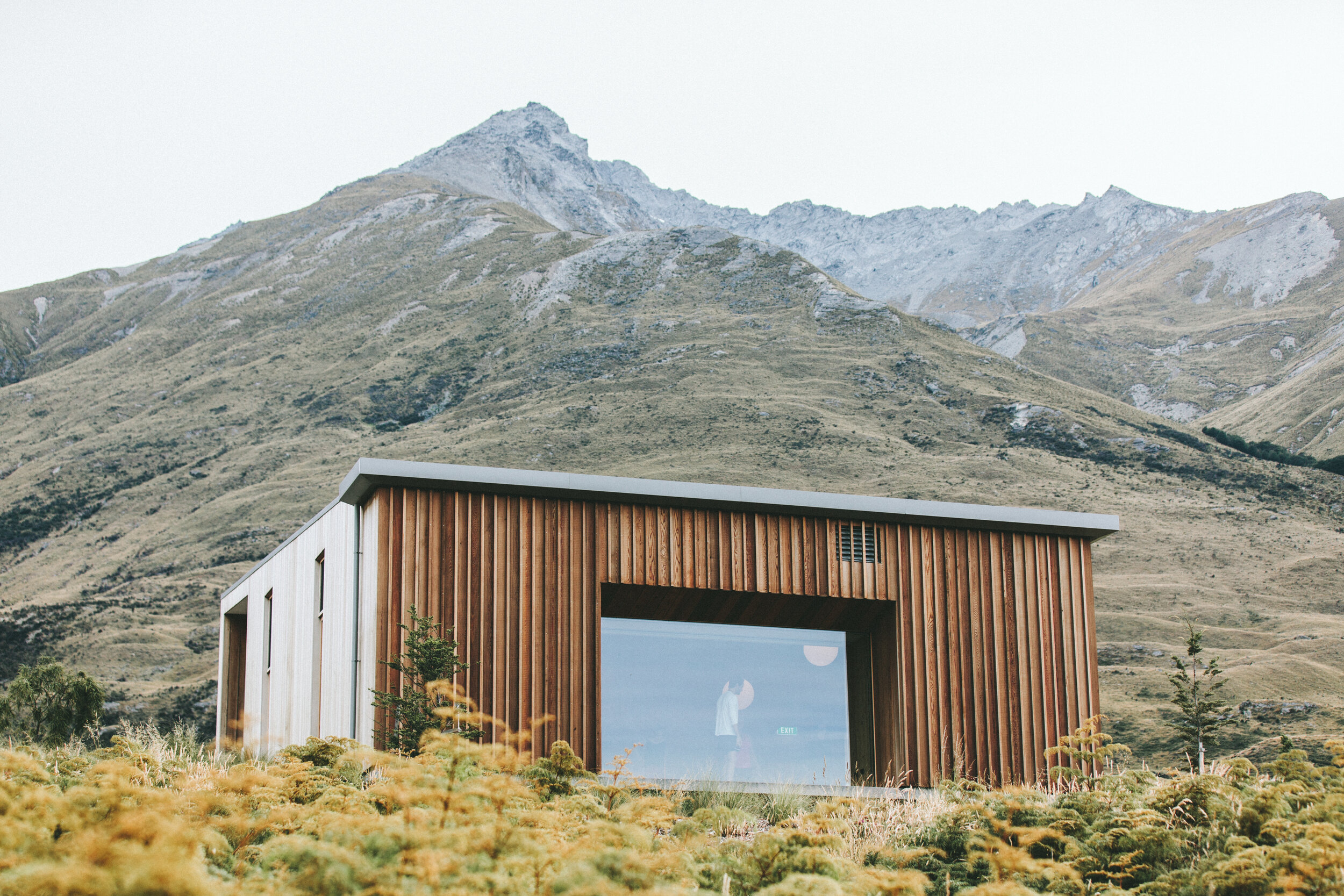“Knowledge is power. Information is liberating. Education is the premise of progress, in every society, in every family”
— Kofi Annan
The success in our model lies in identifying a group of rural communities that meets the minimum requirements for an effective deployment. By working on a group of communities at a time, we are able to keep our costs down and deliver this community resource of free public Wi-Fi for a cost of around $13 to $15 per resident served per year, this is an amazing ROI.
This cost per resident is based on 3 years of initial service and depreciation of the hardware and capital expenses, which means starting after year 4, the cost is simply maintenance and the cost of service provided by the ISP. The Cisco Meraki MR86 access points are rated for a 20 year life.
This model works for unserved or underserved communities that have a population of 10,000 or less, and are often unincorporated and disadvantaged. For communities that have a population larger than 10,000, the economy scale quickly drops off as the area of the community becomes too large to serve effectively.
By grouping communities together against funding opportunities, we are able to include small communities with populations in the 10s, with communities in the 100s and 1000s hitting the magic ROI.
Our Approach
-

Community Engagement
The first step is to identify necessary stakeholders in the community and partner with them.
Local Chamber of Commerce (if one exists)
Community leaders
Local non-profit organizations
-

Identify Sites
The next step is doing a virtual site survey of the town to determine optimal placement of antennas using mapping tools that allows us to layout the optimal placement of access points based on the technical performance of the Cisco Meraki MR86 antennas both as a repeater and as a gateway.
Even with smaller rural communities, often the community is spread out enough that we need to pick the optimal location for the network. The following are the rules of thumb that we use when determining the service area of the mesh network:
Must have fiber and service available through an ISP at each location
Includes an area that will support a gathering location in times of disaster, power outages, or when existing communications are down. Location MUST NOT interfere with emergency response.
Includes low income housing
Includes popular gathering locations such as plaza's
Includes economic and tourist areas such as main streets
-

Partner with Businesses
Once we have done a virtual survey and determined feasibility of the project, the next step is to do a physical site survey. During the survey, our team assesses any physical impediments and issues that would affect the RF signal and general performance of the network. Once the physical survey is completed, we then need to get the business and property owners of the preferred locations to partner with EQAC and allow us to install the access point on their building.
Gain permission from landlords, select boards and town business people for equipment placement on their buildings.
Address any concerns that the community or business and property owner might have about the project
Be responsible for coordinating the process, creating a liaison between business owners and technicians
For more information on partnering with EQAC to host an access point, please review our "Hosting a Public Wi-Fi Access Point" document.
